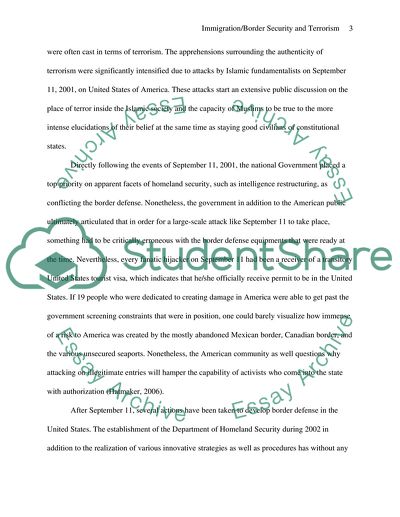Cite this document
(Immigration/Border Security and Terrorism Research Paper, n.d.)
Immigration/Border Security and Terrorism Research Paper. Retrieved from https://studentshare.org/social-science/1755158-discuss-how-immigrationborder-security-is-associated-with-terrorism
Immigration/Border Security and Terrorism Research Paper. Retrieved from https://studentshare.org/social-science/1755158-discuss-how-immigrationborder-security-is-associated-with-terrorism
(Immigration/Border Security and Terrorism Research Paper)
Immigration/Border Security and Terrorism Research Paper. https://studentshare.org/social-science/1755158-discuss-how-immigrationborder-security-is-associated-with-terrorism.
Immigration/Border Security and Terrorism Research Paper. https://studentshare.org/social-science/1755158-discuss-how-immigrationborder-security-is-associated-with-terrorism.
“Immigration/Border Security and Terrorism Research Paper”, n.d. https://studentshare.org/social-science/1755158-discuss-how-immigrationborder-security-is-associated-with-terrorism.


